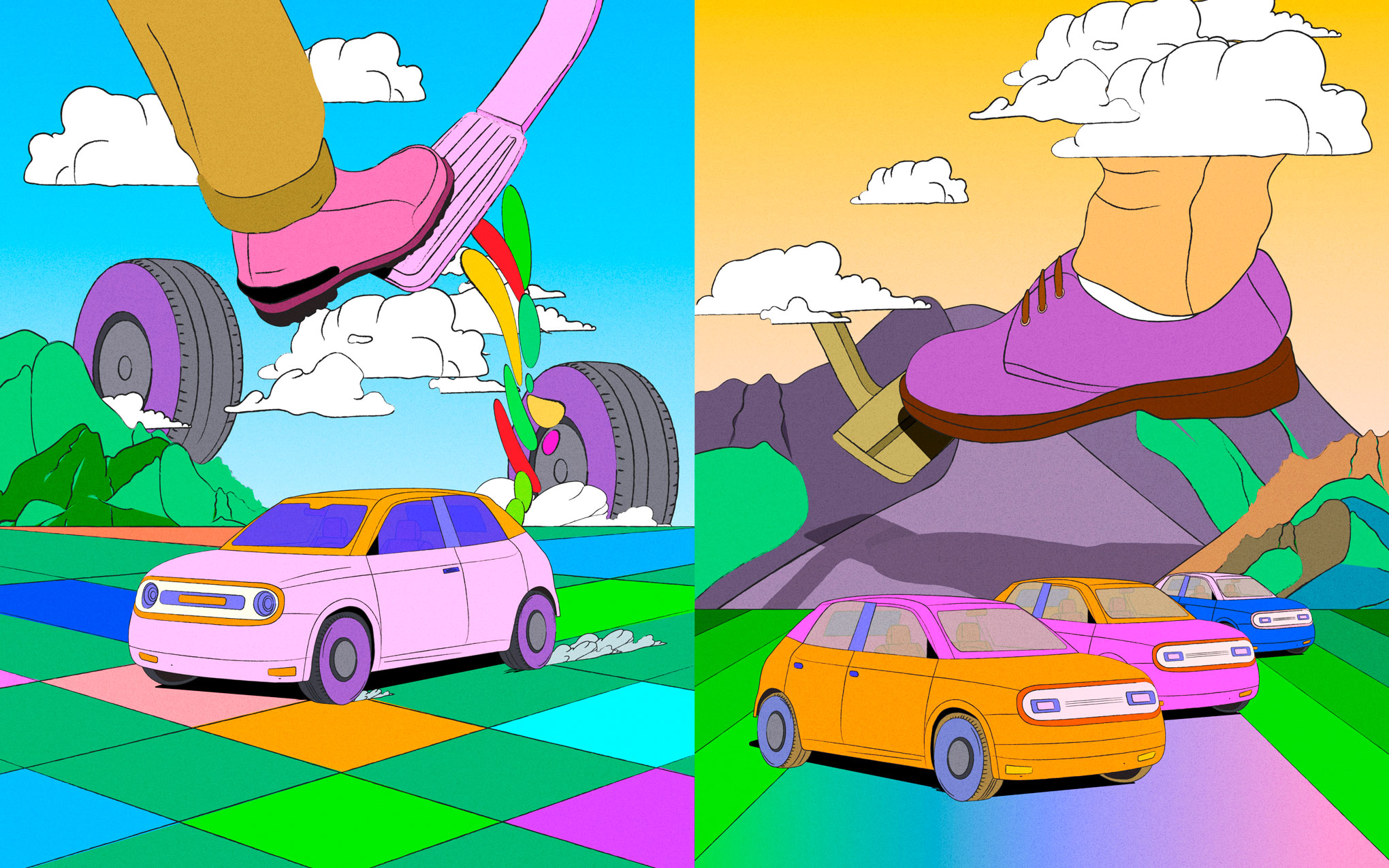How Do Electric Cars Work?

Electric cars or electric vehicles (EV) are rapidly becoming more popular and affordable around the world. Though they aren’t completely sustainable, requiring rare metals to be mined for their construction, they’ll still play a key role in reducing our dependence on oil and fossil fuels.
But how do they actually operate? Follow the Millennium Technology Prize’s simple explanation.
How do ordinary cars work?
All cars use some form of energy to make them move. In conventional cars that run on petrol or diesel, fuel and oxygen burn inside the engine to produce a small explosion. This explosion – known as internal combustion – pushes the pistons that make the wheels of the car move.
How are electric cars powered?
Electric cars do not need gas, petrol or even an engine. Instead, they have an electric motor that uses electricity from rechargeable batteries. This means they do not produce any CO2 emissions through the tailpipe.
These batteries store the electricity in the form of direct current (DC), a type of electric current that flows in one direction. The motor, however, uses alternating current (AC) – current that keeps changing direction. To solve this problem, electric cars have inverters or controllers that take the DC from the rechargeable batteries and convert it into AC.

How do electric motors turn the wheels?
When the driver presses the accelerator, the inverter or controller receives a signal indicating how much electric current is needed. The harder the accelerator is pressed, the more the electric current that will be needed by the motor.
The inverter or controller takes the DC from the batteries and converts it into AC by repeatedly flipping the flow of the current back and forth. This AC is transferred to the electric motor, which has two parts: a stator (the part that is still) and the rotor (the part that rotates).
The stator acts as an electromagnet – a kind of magnet formed when electric current passes through wires wrapped around a metal core. Because the direction of the current keeps changing with AC, the poles of the electromagnetised stator also keep switching.
This results in the creation of rotating magnetic fields in the stator which attract and repel the metal rotor, making it rotate. The rotation of the rotor makes the attached gear move, which in turn makes the wheels move.
How does an electric car reverse?
The direction the rotor moves in depends on the order in which the rotating magnetic fields activate. When the driver selects reverse using a gear stick or button, a signal is sent to the stator to alter the order, allowing the rotor, the gear and the wheels to move in reverse.
Can electric cars recharge while braking?
When the driver presses the brakes, the electric motor receives a signal to function in reverse and starts generating electricity instead of consuming it. The inverter or controller takes the AC from the motor, converts it into DC and transfers it back to the batteries to recharge them.

Why do electric cars accelerate so quickly?
The engine of a petrol or gas car produces the same amount of energy no matter how much power the car needs at any point. That is why these cars need gears and transmissions to moderate the energy supplied from the engine to the wheels.
An electric motor, however, can produce the desired amount of energy at any speed, so it does not require gears or transmission. This allows energy to be transferred from the motor to the wheels more quickly, and provides a smoother and noise-free driving experience. It can also help to avoid collisions.
Recharging an electric car
While you need to visit a gas or petrol station to refill the engine of a regular car, the batteries of an electric car can be recharged at your home or a special plug-in point in the street or at a garage.
The batteries are not yet as energy-rich as oil or petrol, which limits how far the electric car can travel at a stretch. This is usually less than 300 miles. But scientists are working on making electric vehicles greener, cheaper and even more efficient, using the likes of hydrogen-powered fuel cells (where electricity is produced by separating hydrogen protons and electrons) and plant-based supercapacitors (devices made from lignin that store static electricity).
The 2022 Millennium Technology Prize will be announced and awarded in Finland on 25 October 2022. The 2022 Millennium Innovation Forum is on 25–26 October 2022.
Follow us on Facebook, LinkedIn, Twitter and Instagram for more information, updates and great content. Or sign up to our newsletter.























